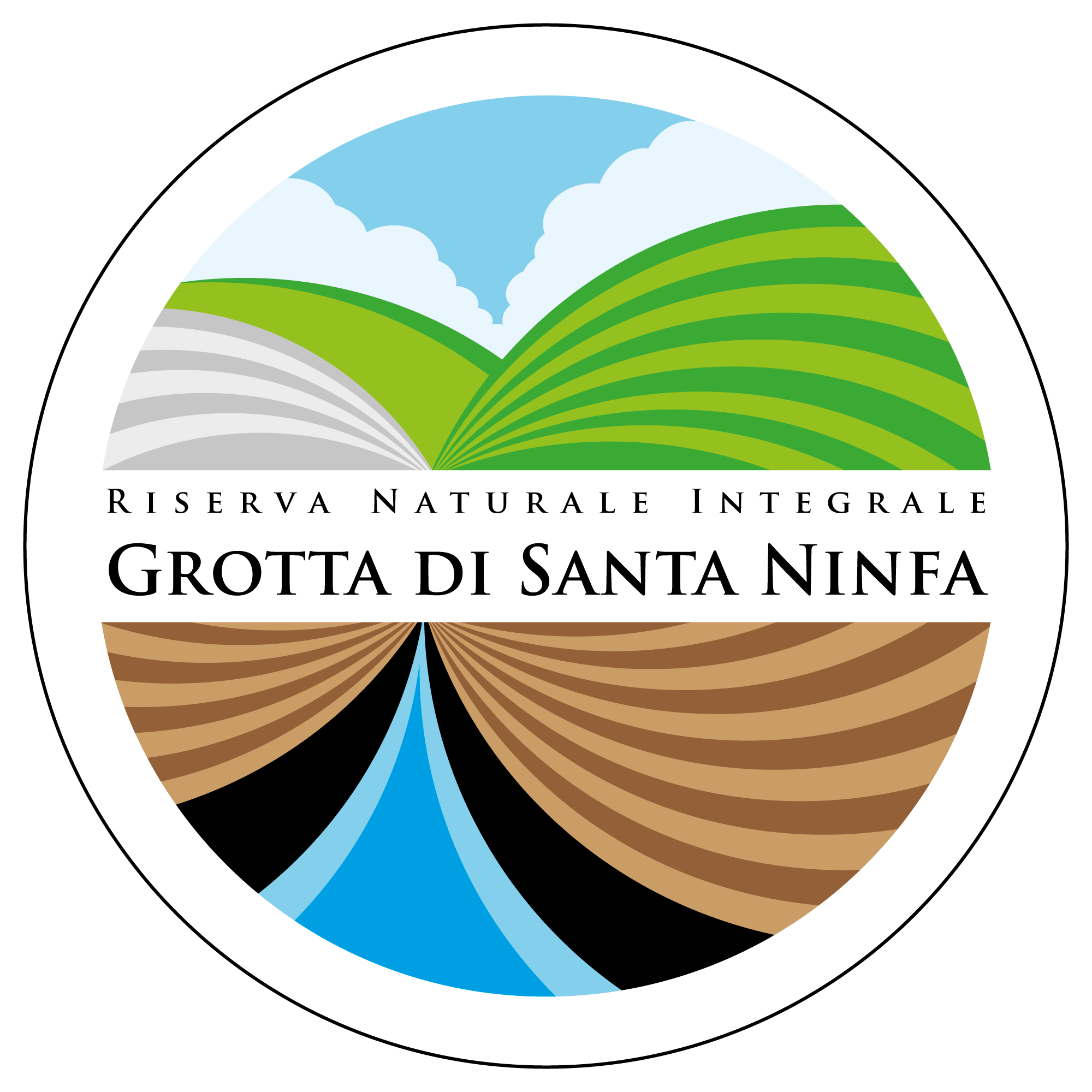
TEODOSIO DE STEFANI- PEREZ: an important Sicilian naturalist
Teodosio was born the 6th February 1853 in Santa Ninfa (TP) and he dies in Giacalone (PA) the 19th of February 1935. He was an entomologist and expert of hymenopterans insects (bee and wasp) that described around 30 species, he was also an international famous specialist of root- knot insects (these insects born from a histologic alteration of the plants), he published 60 works speaking of it; Teodoro made research about botanical field with important results to the point that Lojacono Pojero dedicated to him two types of plants.
Teodosio had a European fame, many famous entomologists talked about him and about his works like: Kieffer, Mayr, Dalla Torre, Perez, De Joannis, Andrè, Emery, Nalepa, Costa, Silvestri, Leonardi.
In 1885 Teodosio was mentioned coach of Zoology and Compared Anatomy studies of Palermo University, he collaborated with the director Pietro Doderlein and his assistant Giuseppe Riggio for the build of the Zoology and Compared Anatomy Academic. In 1899 he became professor of Entomology in Palermo’s University.
He supported the comparative method in Zoology, he was interested in entomology, ornithology, herpetology and general zoology, he adopted a very modern method studying the interconnections of biological and ecological phenomenon and the interconnection of the animal and vegetable word; making this he anticipated many ecologic concepts that will be confirm some year later like: the concept of territoriality in the animal population and the concept of the ecologic equilibrium in communities.
Teodosio left an important detailed animal collection. Mariani said about Teodosio De Stefani: ‘’He was a tireless observer, his laboratory in the Zoology institute became a big insectarium: there were many cans covered by organdis, cans were everywhere, they seem like a picturesque chaos’’.
His scientific production was rampant: he published among 20 works in the international periodical ‘’Marcellia’’; he was one of the first collaborators of it. He described zoocecidi of Libya Eritrea and Somalia that came from the Italian colonies; in 1895 published the first catalogue of Sicilian hymenopters. In collaboration with Giuseppe Riggio he completed a Sicilian beetles catalogue (entomology collection of Palermos’s Zoological Museum) that included among 700 species. With Mario Bezzi completed a Sicilian dipterous catalogue; he published 100 article about the dangerous insects that destroyed the Sicilian cultivations.
He takes part to the naturalist group who founded the scientific Sicilian periodic that had a national fame ‘’Il Naturalista Siciliano’’, published in 1881 and of ‘’Società dei Naturalisti Siciliani’’ established the 8th April of 1896.
Since 1889 was phytopathological delegate of Sicily, he studied the problems of the phytosanitary defence with a vision based on ecologic basis and on the principle of the most modern natural biologic control: ‘’…laws and settlements can’t avoid the damages of employing venom in agriculture. We have to leave these means of defence and adopt others means to save our life and our health’’ (1912). He reiterated the importance of school education about respecting the nature since childhood, also he reiterated the importance of institute schools for farmers with notions of veterinary and phytopathologic.
Teodosio De Stefani was a researcher of 800 centuries, he is famous for his observation spirit and for his passion for natural word. His scientific acumen, his wide views, and his ability to synthesize will be used some century later.
THE SCIENTIFIC RESEARCH’S RISKS
The Polyphylla – Teodosio De Stefani researched assiduously with mr. Miraglia a specific species of beetle the ‘’Pholyphylla oliveri’’. When Teodosio discovered the existence of these species in Trapani’s coast he wrote to Miraglia this letter: ‘’Dear Giuseppe, I heard about your murderous intentions, the Pholyphylla oliveri took another street and he seek refuge in Trapani’s coast, where my friend Lombardo had already captured among 50 of them.’’ This letter unfortunately was taking by a vagabond that was captured by the police and was misunderstand. The vagabond was imprisoned for three months, Teodosio was called in courthouse and he had to explain the misunderstand. This anecdote was told by Guy de Maupassant in his Sicilian trip in 1885.
The infector – During the epidemic of cholera in Palermo, Teodosio researched hardly many of nocturnal insects near the Monreale’s source. Meanwhile there were the fear of the infector, and one night during his researches Teodoro was captured by some vagabonds and was bring to the police.
